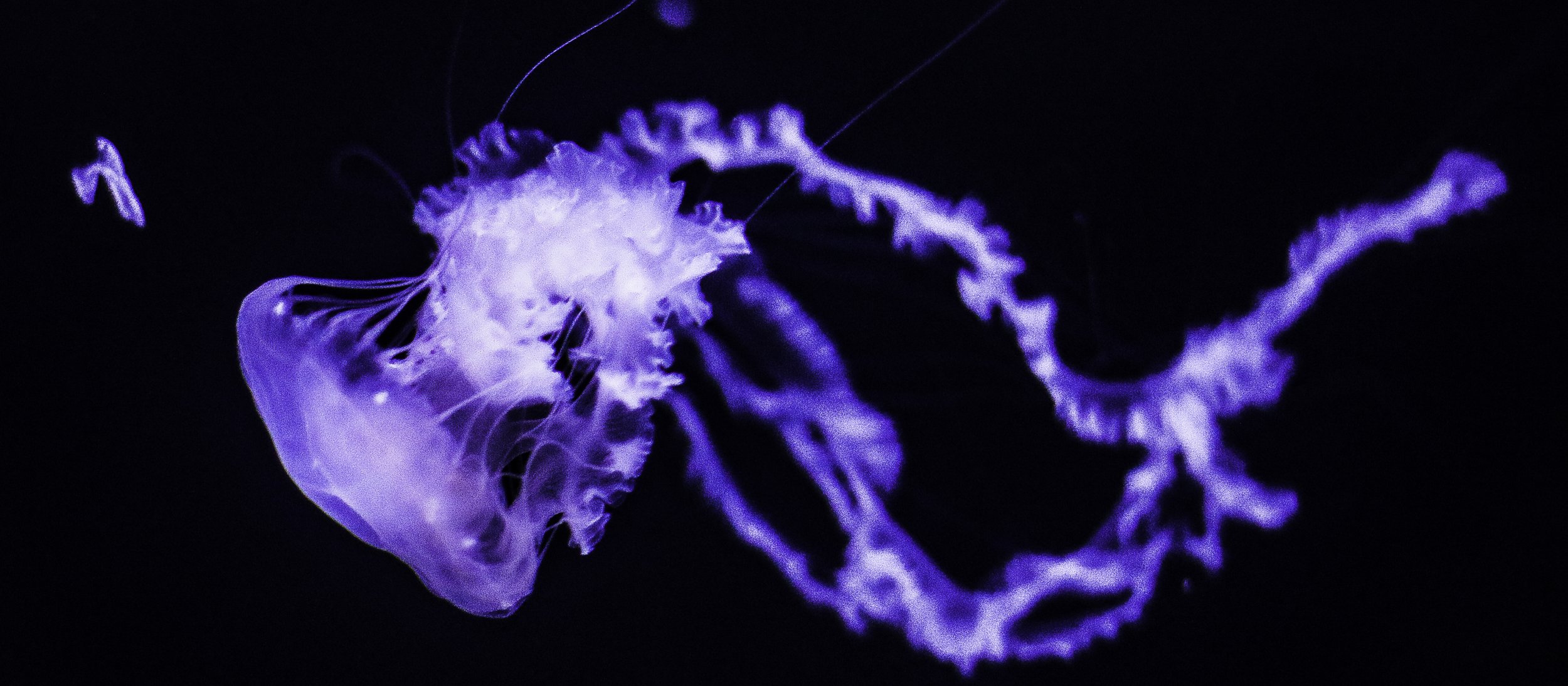
Whatever it is, the way you tell your story online can make all the difference.
Atlantic Sea Nettle
The Atlantic sea nettle, whose Scientific name is Chrysaora quinquecirrha, can be found throughout brackish and salty waters. Along with brackishness and saltiness, there are different environments where this sort of water is in actual open waters and tidal rivers. Very specifically the sea nettle can be found in open waters and tidal rivers with cool temperatures and saltwater. They can be found in Cape Cod, along the southern and eastern coast of the United States, the Caribbean, and the Gulf of Mexico. The superior numbers of Atlantic sea nettle in the Chesapeake Bay are awe-inspiring.
The fully developed Atlantic Sea Nettle has a total of 48 tentacles and its total length is 50 cm or 19.69 in. Its tentacles have stinging cells in them that work like harpoon guns with ropes attached to them. These harpoons have jellyfish toxins or inject toxins from the jellyfish into the prey food. These stinging cells are called nematocysts and their prey include small fish, aquatic or marine worms, small crustaceans, zooplankton, and other jellyfish. Some animals which eat the Atlantic sea nettle are leatherback turtles, ocean sunfish, other jellyfish, and humans.
The Atlantic Sea Nettle is a keystone species meaning that it plays a very important role in the food chain. The Atlantic Sea Nettle not only protects one of its main predators by feeding on their predators but later in life it will become the prey and food of a species that it once protected. When the Atlantic Sea Nettle dies its body collects on the underwater sediment and becomes nutrients for smaller species like plankton. The Atlantic Sea Nettle has both a positive and negative economic impact on humans and the way that they affect the ecosystem. Through its natural existence plankton are more bountiful and because of the plankton shellfish and finfish are more abundant. The negative impacts mostly have to do with deterring human activity in the water itself. The populations of the Atlantic sea nettle are not under consideration for conservation status on the IUCN Red list, the US Federal list, or the CITES.












